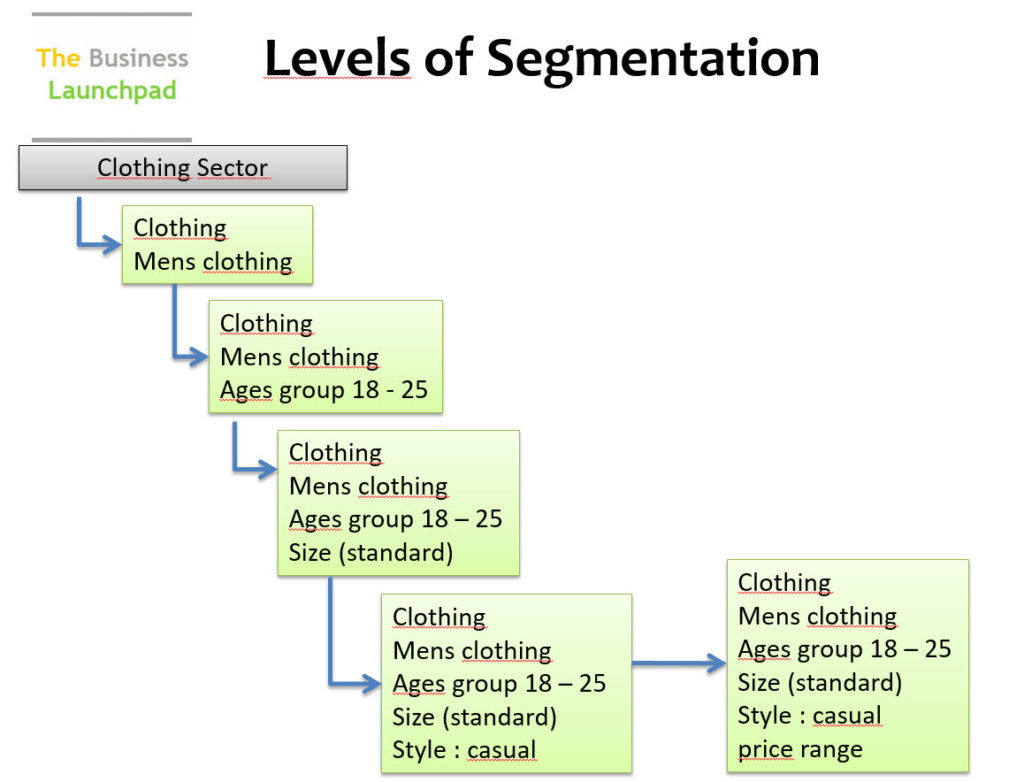Market Segmentation is the process by which consumers in markets with some heterogeneity can be grouped into smaller, more similar or homogeneous segments. To put this into more practical terms, segmenting your target clients enables you to learn more about them, to offer them the products and services they need, when they need them and where they need them. It enables you to speak to them in a way that resonates with them in the places where they’ll be listening.
To segment a market the following criteria need to be met:
- there should be a similarity of needs of buyers within a segment
- there needs to be a clear difference in the needs of buyers between the segments
- it should be simple and inexpensive to assign buyers to segments
- there should be a strong potential for a marketing actions to reach a segment
- a segment needs to be Sustainable
- a segment should be Measurable
There are various variables that can be used to segment a market. Generally a market would be segments on one or more of the following bases:
- Demographic variables
- age, gender, ethnicity, marital status , ‘family life cycle’
- Socio-economic variables
- income, occupation, education, social class
- Geographic variables
- climate, terrain, natural resources, population density
- Psychographic Variables
- personality characteristics, motives, lifestyles
The diagram below gives you an idea of the levels of segmentation that are possible.

But …what about segmenting existing clients? This can be really important for your business so we’ll take a look at that in the next blog post. Meanwhile…
Here are some questions for you…
How do you segment your target clients?
If you don’t segment why not?




